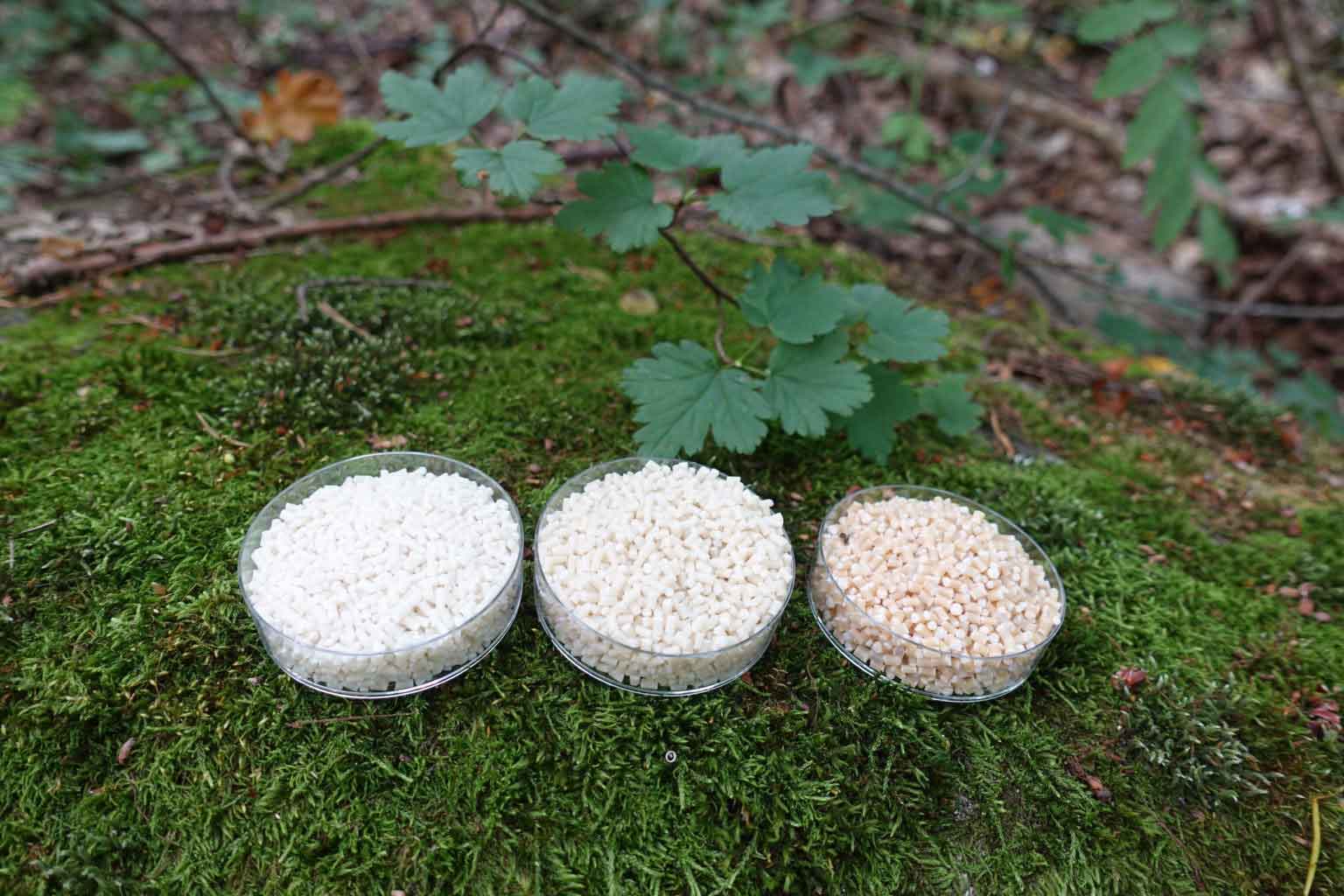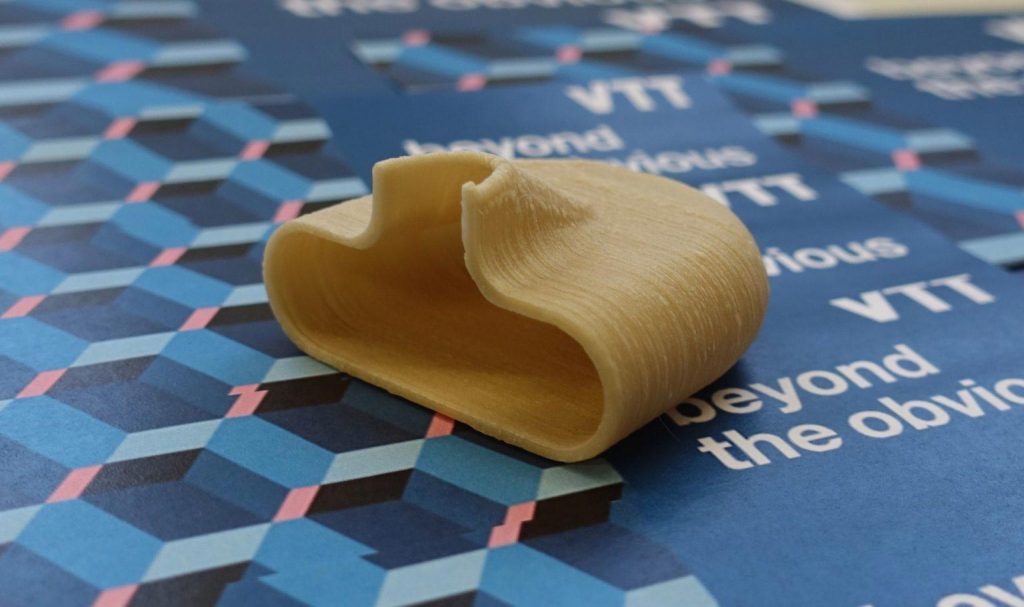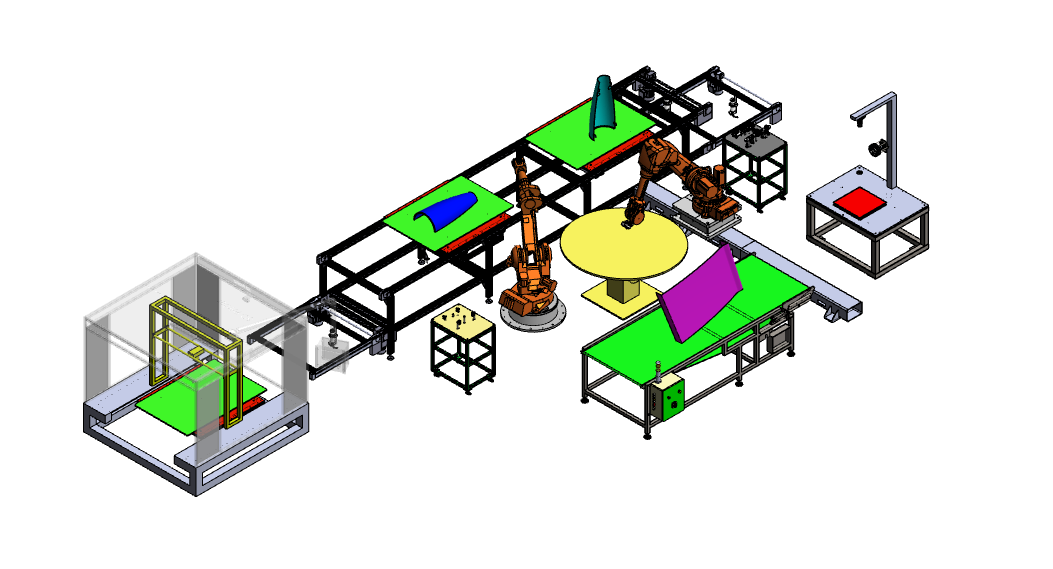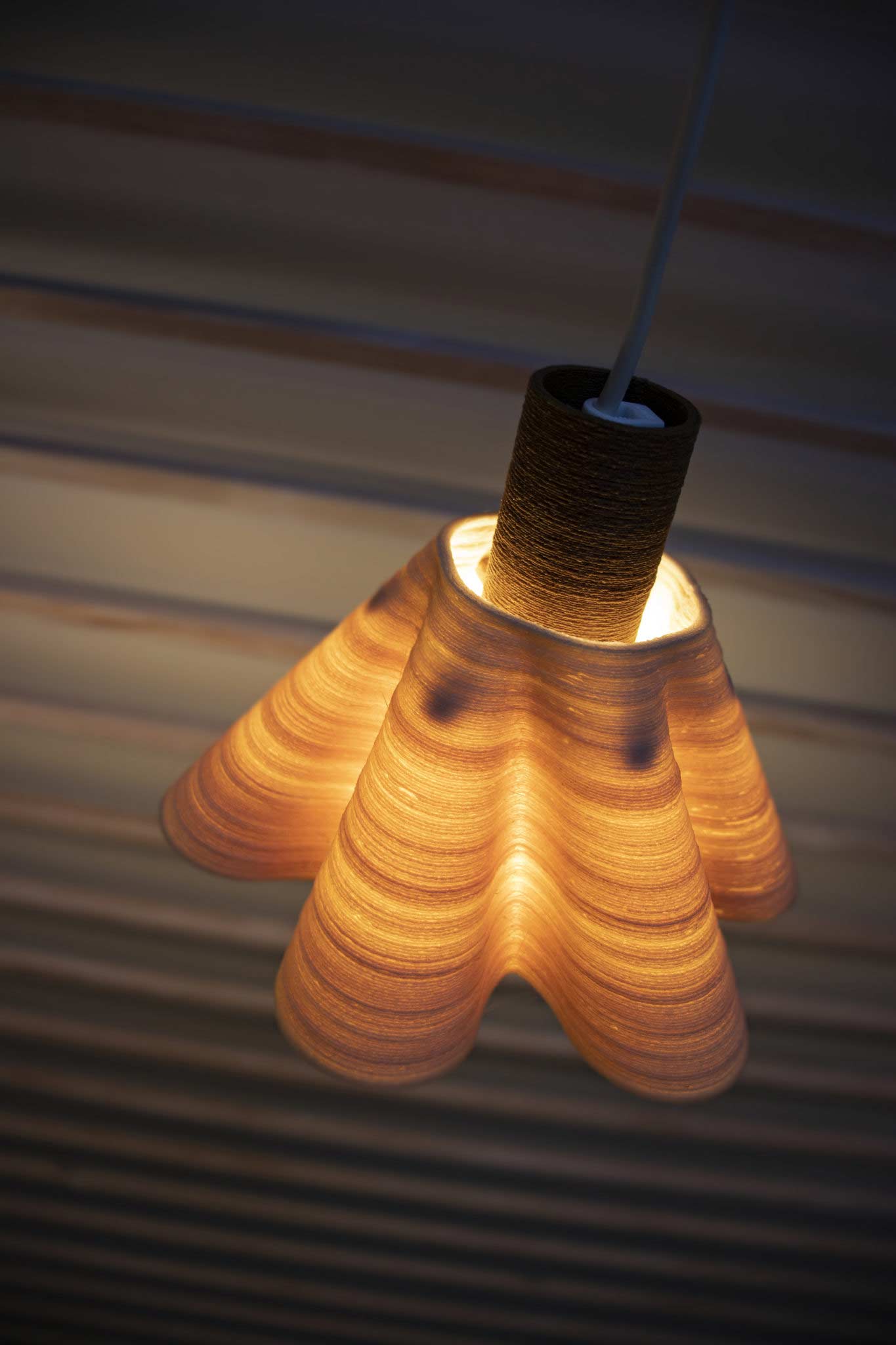NOVUM, an EU-funded project that is part of the Horizon 2020 program, is producing components from cellulose-based materials by 3D printing for use within several diverse industries.
The project aims to address the growing global awareness around resource sufficiency, climate change mitigation, and the circular economy, by exploring cellulose as a substitute for fossil-based materials for applications within the automotive, marine, and electrical insulation sectors.
Comprised of 10 different partners spanning various levels of the value chain, the project involves the development of cellulose-based materials optimized for 3D printing and the construction of a pilot line to demonstrate the printed components.

Printing cellulose-based materials
The thermoplastic materials developed during the project contain cellulose derivatives, cellulose powders, and bio-based plasticizers, and have a 60 percent higher cellulose content than “commercial references”. Despite this, they exhibit the same or even better material strength properties and can be tuned according to the requirements of end-use applications.
Cellulose was chosen as a basis for the materials developed in the project due to its potential as a natural, sustainable, and versatile replacement for many synthetic materials. When considering the combination of cellulose and 3D printing, cellulose is not thermoplastic by nature, which is the key challenge the project participants are seeking to address.
The developed cellulose-based materials can be printed using commonly available 3D printing technologies such as Fused Filament Fabrication (FFF), and the end products are lightweight and have a smooth surface. During the project lifeline, the material development and printing processes will be demonstrated through the creation of components for use within the electrical insulation, marine, and automotive industries.

Multiple sector applications
Cellulose is already a common raw material within the manufacturing of electrical insulation components, however current production methods are inefficient in terms of labor, time, energy, and waste generation, according to the project participants. By developing a method of 3D printing cellulose-based materials to create components suitable for this field, the participants hope to boost the efficiency of the production process while removing the need for molds.
Elsewhere, outdoor decorative elements for cruise ships are a possible use case for the developed technology within the marine sector, while in the automotive sector the bio-based materials could replace fossil-based materials and contribute to improving sustainability within the industry.
The project is also exploring the 3D printing of wood fiber foams to create thick and porous fibrous structures that do not collapse upon drying. While technology for producing such structures in 2D has already been established, creating them in 3D via additive manufacturing is reportedly new territory. The project participants are investigating the optimum fiber-foam mix for the 3D printing process, layer binding considerations, and how drying times can be minimized.
The project has already conducted successful trials to print the wood fiber foam structures using an extruder-type nozzle, and the next step is to explore how a commercial 3D printer can be adapted for the process. According to the participants, potential applications for these types of structures lie within the construction and transportation sectors as insulation materials for sound and vibration.

3D printing with cellulose
Cellulose has been utilized within the creation of more sustainable 3D printing feedstock for several years. In 2017, cellulose nanocrystal (CNC) inks for 3D printing were developed as part of a project conducted by Empa, a group at the Swiss Federal Laboratories for Materials Science and Technology, which sought to render materials suitable for biomedical applications. The group has since studied the effects of sheer stress applied to the ink when extruded using direct ink writing, and has experimented with tuning the orientation of CNC “building blocks” to achieve different properties in end products.
Researchers from the University of Bristol and the University of Bath have previously explored the potential for the 4D printing of cellulose, using a 3D printed ink that harnesses cellulose fibers to transform in response to water, and nanocellulose has also been identified as having the potential to transform the 3D printed food sector.
Elsewhere, Oak Ridge National Laboratory (ORNL) and the University of Maine were granted $20 million in US federal funding to create bio-based 3D printable materials for large-scale additive manufacturing, including the use of cellulose nanofiber.

Subscribe to the 3D Printing Industry newsletter for the latest news in additive manufacturing. You can also stay connected by following us on Twitter and liking us on Facebook.
Looking for a career in additive manufacturing? Visit 3D Printing Jobs for a selection of roles in the industry.
Featured image shows lamp shade 3D printed from the cellulose-based materials by FDM. Image via NOVUM.



